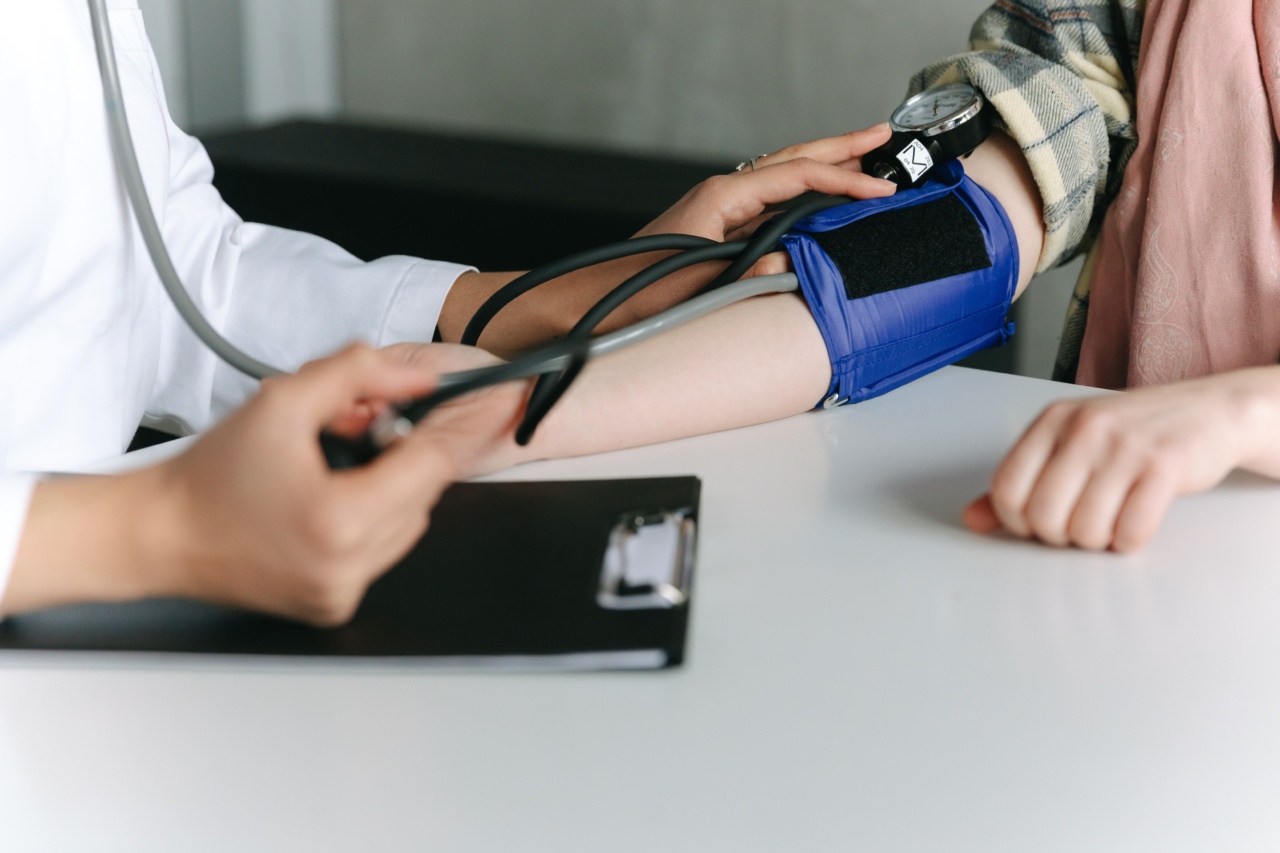Measuring blood pressure is an essential part of monitoring our health and identifying any potential risks or underlying health conditions.
However, it is important to ensure that we measure our blood pressure correctly to ensure that the readings we obtain are accurate and reliable. Here are seven tips on measuring blood pressure correctly and the importance of doing so:.
Tip 1: Understand the Basics of Blood Pressure
Before measuring blood pressure, it is important to understand what blood pressure is and how it is measured. Blood pressure is the force of the blood pushing against the walls of the arteries as the heart pumps it through the body.
It is measured using two numbers – systolic pressure (the top number) and diastolic pressure (the bottom number). A normal blood pressure reading is around 120/80 mmHg.
Tip 2: Use the Right Equipment
The first step to measuring blood pressure accurately is to use the right equipment. This includes a blood pressure monitor or sphygmomanometer, a stethoscope, and the appropriate cuff size for your arm.
Ensure that the equipment is in good working condition and calibrated correctly.
Tip 3: Prepare for Measuring Your Blood Pressure
Before measuring blood pressure, it is important to prepare by refraining from smoking, eating, or drinking for at least 30 minutes prior to the measurement. Remove tight clothing from your arm and ensure that you are seated comfortably in a quiet area.
It is also best to avoid any physical activity or stress prior to measuring blood pressure.
Tip 4: Measure Blood Pressure Correctly
To measure blood pressure correctly, place the cuff around your upper arm and position it approximately 2-3cm above the elbow. The cuff should fit snugly but not be too tight.
Inflate the cuff until the reading is around 30mmHg above your normal systolic pressure. Begin to slowly release the air from the cuff while listening for the first sound (systolic pressure) and the last sound (diastolic pressure) using the stethoscope.
Tip 5: Take Multiple Readings
To ensure that you obtain an accurate and reliable reading, it is best to take multiple readings of your blood pressure throughout the day. Ideally, this should be done at the same time each day to ensure consistency.
Take readings in the morning, midday, and evening and record these readings in a logbook or digital tracker.
Tip 6: Check for Variations
If your blood pressure readings vary significantly, it is important to speak to your doctor to identify any potential underlying health conditions or risks.
Similarly, if you notice any unusual symptoms such as headaches, dizziness, or chest pain, it is important to seek medical attention immediately.
Tip 7: Monitor Blood Pressure Regularly
Regular monitoring of blood pressure is essential to ensure that any changes or abnormalities are identified early and appropriate measures can be taken.
It is recommended that individuals over the age of 18 monitor their blood pressure at least once a year and more frequently if there are underlying health conditions or health risks present.
The Importance of Measuring Blood Pressure Correctly
The importance of measuring blood pressure correctly cannot be overstated. Measuring blood pressure accurately is essential to identify any potential health risks or underlying health conditions that may require medical attention.
These conditions include hypertension, cardiovascular disease, and other related health conditions.
Correctly measuring blood pressure also helps to ensure that appropriate treatment and management measures are implemented to prevent the development of these conditions.
This includes lifestyle modifications such as diet and exercise, medication, and other interventions as appropriate.
In addition, measuring blood pressure correctly helps to ensure that any treatment measures implemented are effective and are achieving the desired outcomes.
Monitoring blood pressure regularly also helps to identify any changes or variations in blood pressure readings over time, which can help to identify any potential health risks or abnormalities that may require medical attention.
In Conclusion
Measuring blood pressure correctly is an essential part of monitoring our health and identifying any potential health risks or underlying health conditions.
By understanding the basics of blood pressure, using the right equipment, preparing for the measurement, taking multiple readings, checking for variations, and monitoring blood pressure regularly, we can ensure that we obtain accurate and reliable readings that help us to maintain our health and wellbeing.






























